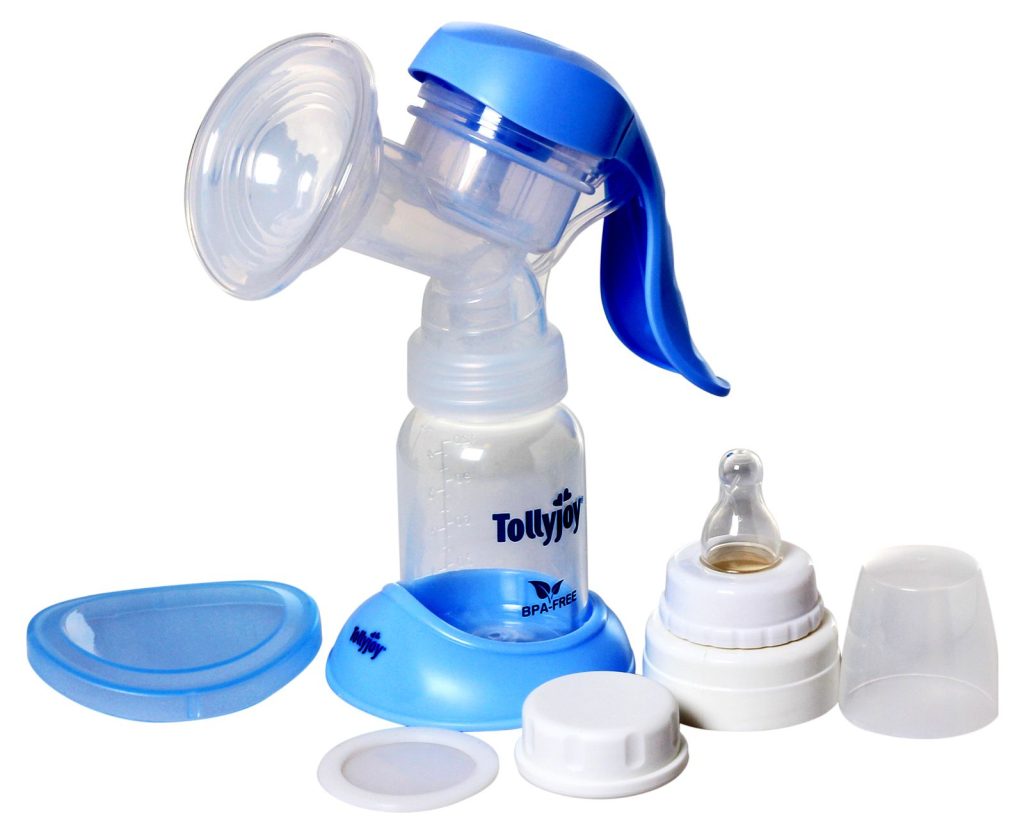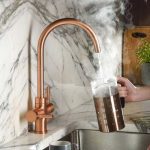1. Understanding the Basics of Breast Pumps
Breast pumps are invaluable tools for breastfeeding mothers, offering convenience and flexibility. They come in two main types: manual and electric. Manual pumps require the mother to use her hand to create suction, which can be time-consuming but allows for more control over the pumping process. Electric pumps, on the other hand, use a motor to create suction, making them faster and more efficient. Understanding these basics is crucial for selecting the right pump for your needs. Factors to consider include how often you plan to pump, your comfort level with manual versus electric models, and whether you need a single or double pump.
2. Benefits of Using Breast Pumps
Breast pumps offer numerous benefits beyond simply providing milk for your baby. They allow mothers to maintain their milk supply while returning to work or taking a break from direct breastfeeding. Pumping can also help with issues like engorgement and can be used to relieve discomfort if your baby is not nursing effectively. Additionally, having expressed milk stored can be a lifesaver in emergencies or for feeding when away from your baby. Some pumps come with features like adjustable suction levels and different flange sizes, which can help optimize milk flow and ensure comfort during use.
3. Factors to Consider When Choosing a Breast Pump
Choosing the right breast pump involves several important factors. First, consider your lifestyle and how often you will use the pump. For frequent use, a high-quality electric pump might be more suitable, while a manual pump may be sufficient for occasional use. Next, think about the pump’s ease of use and cleaning. Models with fewer parts are often easier to maintain. Comfort is also crucial; ensure the pump has adjustable settings and comes with properly fitting flanges to avoid discomfort. Additionally, consider the noise level of the pump if you need a discreet option. Your budget is another essential factor, as breast pumps vary significantly in price.
4. Maintaining and Storing Your Breast Pump
Proper maintenance and storage of your breast pump are essential for ensuring its longevity and keeping your milk supply safe. After each use, thoroughly clean all parts that come into contact with breast milk, including the flanges, bottles, and valves. Most pumps have specific cleaning instructions provided by the manufacturer. Regularly inspect the pump for any signs of wear or damage. When storing your breast pump, keep it in a clean, dry place and ensure all parts are completely dry to prevent mold growth. If you’re using a manual pump, disassemble it after each use to ensure thorough cleaning and avoid buildup.handsfree borstkolf



